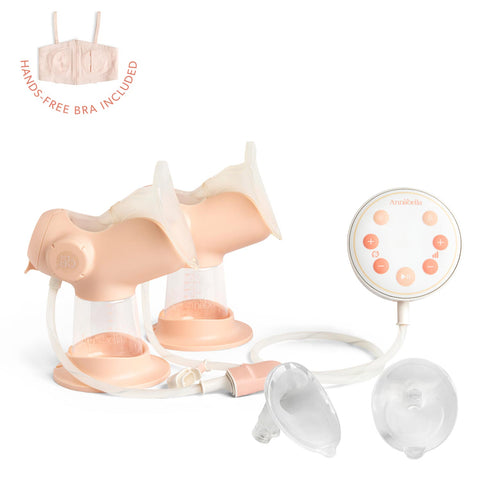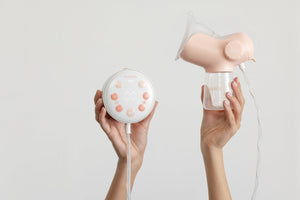Many new parents quickly discover that their baby will often drink breast milk straight from the refrigerator, seemingly without a care in the world. It’s convenient and easy, but is it the most beneficial way to serve this vital food? While babies may not protest, the choice to warm breast milk goes beyond your baby’s preference. The decision is rooted in the biology of milk itself, a complex living fluid that has evolved over millions of years to be delivered at a precise temperature. Understanding this evolutionary context can help parents appreciate why warming breast milk is important.
The Evolution of Living Milk
Breast milk is a dynamic fluid packed with living cells, antibodies, and thousands of bioactive molecules, including enzymes, hormones, and beneficial bacteria. These components have a specific job to do, and their effectiveness is tied to temperature. The human body is a carefully regulated environment, and breast milk has evolved to function optimally within that thermal window. When milk is consumed at body temperature, its many active ingredients are immediately in their ideal state to begin their work. For instance, enzymes designed to aid digestion become fully active and efficient, and immune factors retain their integrity and ability to fight pathogens. Providing cold milk, by contrast, can slow down or temporarily inhibit these processes, delaying the milk's full biological benefits until it has warmed up in the baby's stomach.
Why Temperature Matters for Bioactive Components
The live components within breast milk are particularly sensitive to temperature fluctuations. Enzymes, which are proteins that act as biological catalysts, have an optimal temperature range in which they function most effectively. For human enzymes, this is typically around the body's natural temperature of 37 degrees Celsius. When milk is served cold, these digestive enzymes might work more slowly, making the milk less efficient to process. Similarly, the immune factors, such as leukocytes (white blood cells) and antibodies, are delicate and can be denatured or rendered inactive by extreme temperatures, both hot and cold. Warming the milk gently ensures these protective elements remain in their natural, active state. Additionally, the fat content in breast milk can separate and clump when chilled. Gently warming the milk helps redistribute this fat, making it more digestible for the baby and ensuring they receive the full nutritional benefit of every drop.
A Practical Guide to Warming Breast Milk Safely
For these reasons, it is highly recommended to warm breast milk before feeding. The most effective methods are those that heat the milk gently and evenly to a lukewarm temperature. One of the best ways to do this is by placing the bottle or milk storage bag in a bowl of warm water. Another popular option is using an electric bottle warmer, which provides controlled, consistent heat. A microwave should never be used to warm breast milk. Microwaves heat unevenly and can create dangerous hot spots that could burn a baby’s mouth or throat. Even worse, the high temperatures can damage or destroy the delicate proteins, enzymes, and other living components that make breast milk so powerful.
Making Sure It’s Just Right: The Wrist Test
Once the milk has been warmed, it's important to check its temperature to ensure it is not too hot. The easiest and most reliable way to do this is with the classic wrist test. Swirl the bottle or bag gently to mix the milk, and then place a few drops on the inside of your wrist. The skin on your wrist is thin and sensitive, making it an excellent temperature gauge. The milk should feel comfortably warm, not hot. If the milk feels cold, it is too cold. If it feels hot, let it cool down before serving it to your baby. The wrist test is a quick way to ensure the milk is at a perfect, body-like temperature, ready to be digested and utilized by your baby’s system.
Looking for more guidance on breastfeeding and baby care? Visit our Training & Support section for expert tips and step-by-step help.







